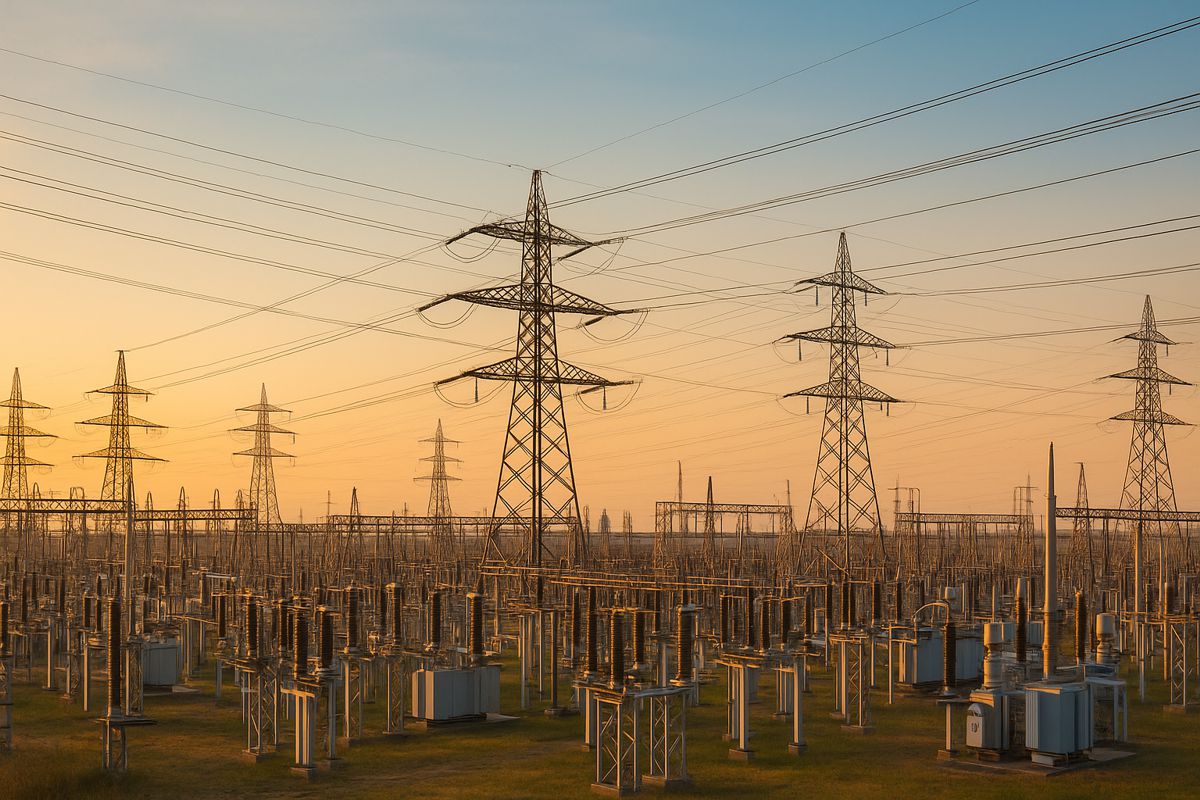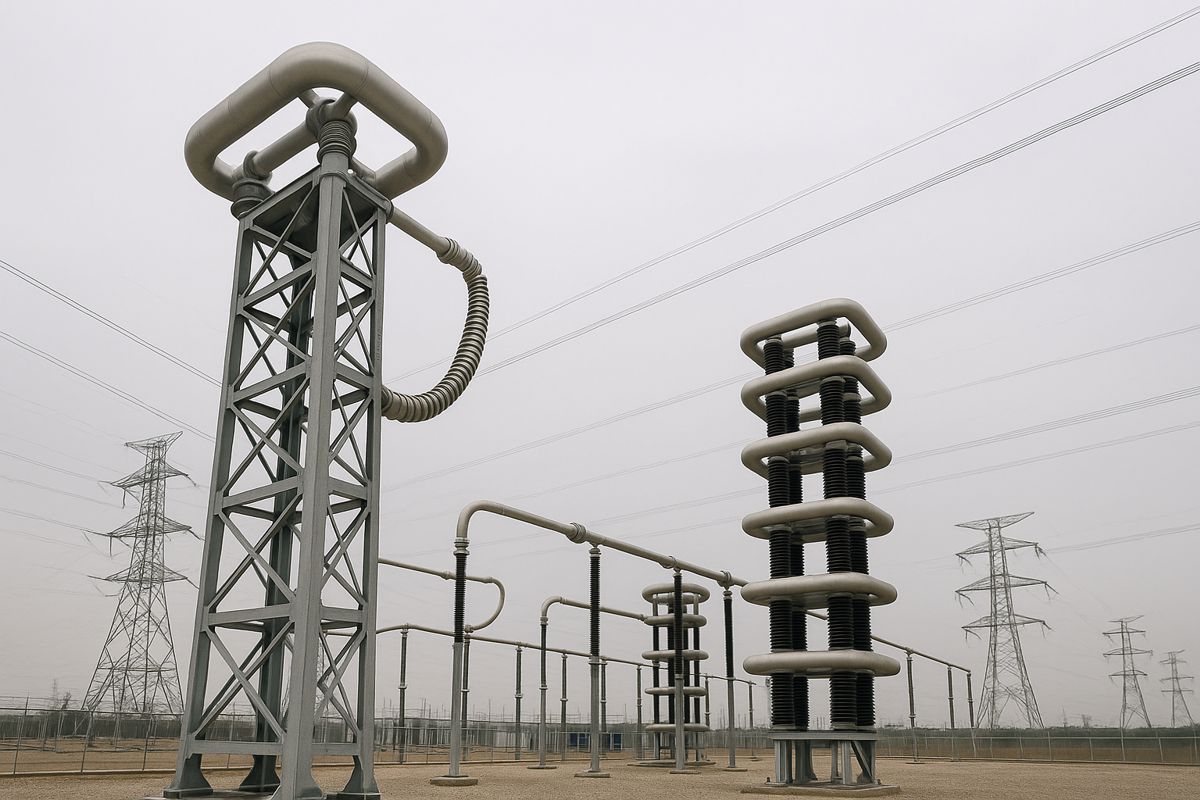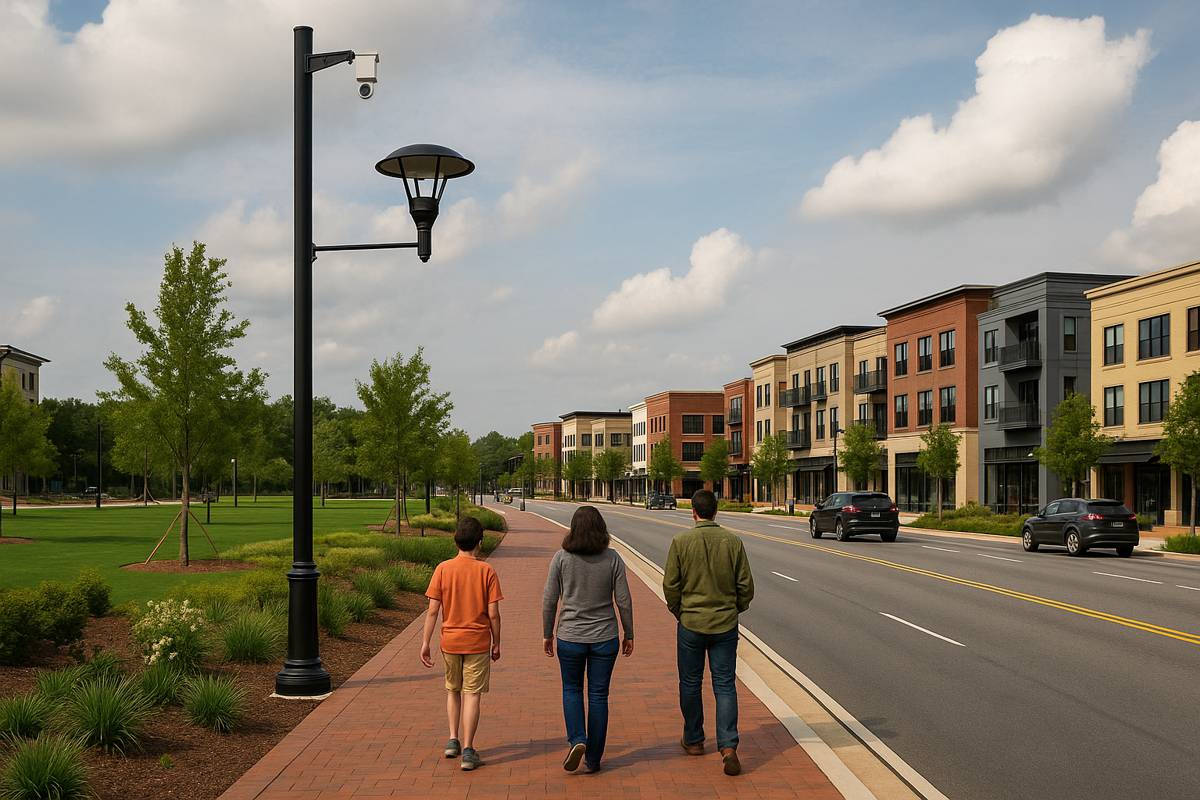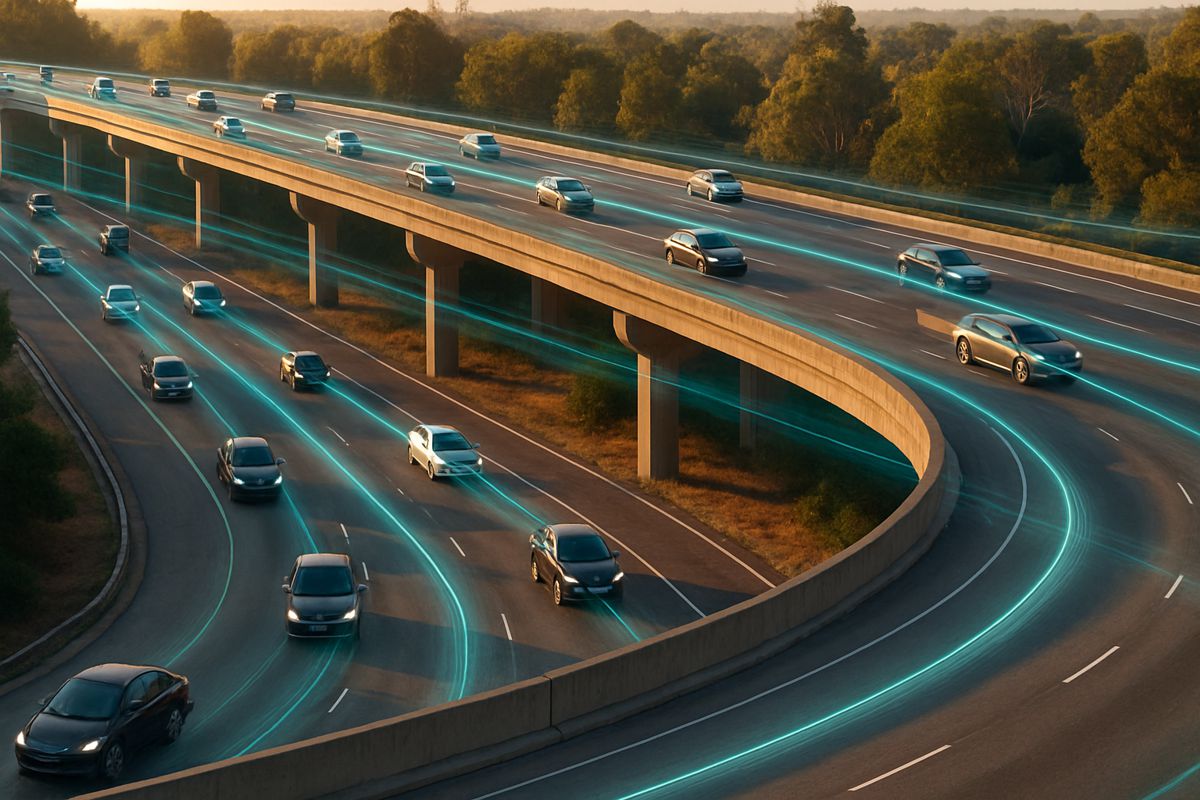Kyocera Transforming 5G Virtualized Base Stations with AI
In an era where digital transformation is accelerating at breakneck speed, Kyocera Corporation has unveiled a ground-breaking development: an AI-powered 5G virtualized base station poised to revolutionize telecommunications infrastructure.
This innovation not only promises enhanced connectivity but also signifies a monumental shift towards more efficient and adaptive network systems.
Harnessing Artificial Intelligence for Superior Network Management
At the heart of Kyocera’s latest offering lies the integration of artificial intelligence, a move set to redefine how base stations operate. By dynamically managing traffic congestion and optimizing frequency allocations, the system ensures higher upload and download speeds, delivering an improved user experience.
Moreover, AI-driven monitoring facilitates real-time adjustments, optimizing power consumption and bolstering energy efficiency. This level of automation streamlines network management, reducing the need for manual interventions and paving the way for more resilient networks.
Embracing Dual Connectivity with Advanced Antenna Technology
Kyocera’s base station stands out with its dual connectivity functionality, adeptly handling both Sub-6-GHz and millimetre-wave frequency bands. This versatility is achieved through compliance with O-RAN standards and the integration of advanced antenna technology.
The system’s capability to manage rapid traffic increases by controlling data from both frequency bands on a general-purpose accelerated computing server ensures adaptability to future frequency bands via software upgrades.
Pioneering Base Station Sharing for Cost Efficiency
In a move towards operational efficiency, Kyocera’s innovation allows multiple telecommunications operators to share a single base station. This shared infrastructure approach reduces the number of required base stations, leading to significant savings in capital expenditures and electricity costs.
Such functionality not only minimizes operational expenses but also contributes to a more efficient expansion of 5G wireless network coverage, benefiting both providers and consumers.
Extending Coverage and Reducing Power Consumption
Kyocera’s expertise in software implementation has enabled the system to extend fronthaul distances beyond 40 kilometres, thereby broadening coverage areas.
Additionally, consolidating central unit (CU) and distributed unit (DU) functions on a single server reduces power consumption, aligning with global sustainability goals and addressing the industry’s growing energy concerns.
The Strategic Alliance with NVIDIA
A pivotal aspect of this development is Kyocera’s collaboration with NVIDIA, utilizing the GH200 Grace Hopper™ Superchip to bring base station functionality to general-purpose servers.
This partnership underscores the convergence of telecommunications and advanced computing, highlighting a trend where cross-industry collaborations drive technological advancements.
Industry Implications and Future Prospects
Kyocera’s AI-powered 5G virtualized base station represents a significant leap forward in telecommunications infrastructure. By integrating AI, supporting dual connectivity, enabling base station sharing, and extending coverage while reducing power consumption, Kyocera addresses several critical challenges faced by the industry today.
This innovation not only enhances network performance but also aligns with global sustainability efforts, setting a new benchmark for future developments in the sector.
As the telecommunications landscape continues to evolve, Kyocera’s advancements offer a glimpse into a future where intelligent, efficient, and adaptable networks become the standard, ultimately benefiting consumers, operators, and the environment alike.




















